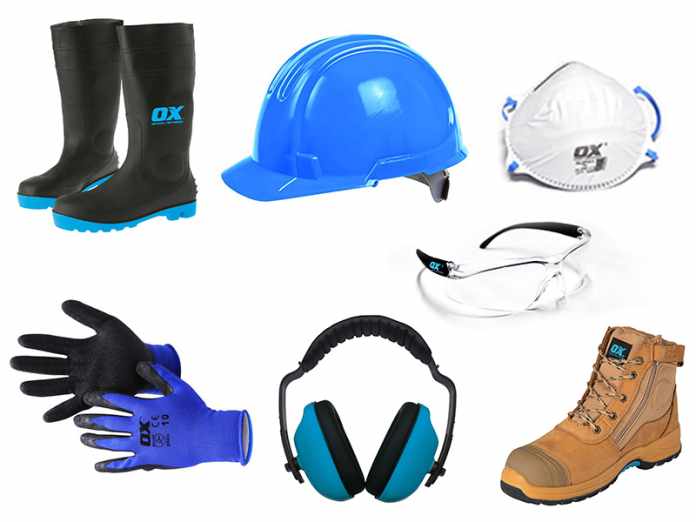First of all, not all radiation poses a health risk. Power lines, low-frequency microwaves, and infrared rays are all common sources of radiation, yet they are safe in their low-frequency versions. Ionizing radiation also includes other types of radiation including x-rays, the energy from nuclear weapons, and numerous radioactive materials. These are hazardous because they really change your cells’ DNA blueprints in an irreversible manner. Ionizing radiation sources should be avoided, particularly if your employment or line of work exposes you to high levels of radiation.
Personal Protective Equipment (PPE) is a general radiation protection product intended to shield employees from radioactive and pollution risks. A group of PPE utilized in concert to bolster protection against risks is known as a “PPE Ensemble.” First responders, healthcare professionals, and others who clean up polluted areas wear PPE most frequently. PPE comes in many different forms, including respiratory protection, eye, and hearing protection, hand and foot protection, head and body protection, and skin and body protection.
Table of Contents
3 Things to Know About PPE
No PPE Can Protect Against All Risks.
How well do radiation suits work? Radiation-proof hazmat suits are they? While personal protective equipment (PPE) provides crucial protection against contamination, there is no suit that can completely shield personnel from exposure to high-intensity, highly penetrating ionizing radiation risks that can occur during radiation crises. Wearing protective gear can shield you from both internal and external contamination brought on by open wounds, ingestion, inhalation, and deposition of radioactive material on skin, hair, or eyes. In addition to PPE, the three radiation protection tenets of rationale, length of exposure, dose limiting, and protection optimization should be taken into account.
Risk Level Determines PPE Materials.
What material do radiation suits contain? full body defense PPE materials can be made of flame-resistant Nomex or another flame-resistant cotton (for use with water or reactive chemicals, large volumes of organic solvents, or potentially explosive chemicals), cotton/poly blends (for use in response to chemical, biological, radiation, and physical hazards), or polyester barriers (for working around infectious materials.)
The management needed for PPE is one of its difficulties. PPE can produce physiological and psychological stresses owing to heat stress, the possibility of dehydration, and the constraining nature of PPE suits. PPE can also provide a safety risk due to restricted movement and eyesight. Fit testing and training are essential since the efficacy of PPE is greatly influenced by how well it fits. How to put on and take off the PPE, potential restrictions, maintenance, and correct disposal should all be covered in training.
According to the amount of protection they offer, PPE is divided into four tiers by the US Department of Health & Human Services:
Level A: When the maximum level of protection for the eyes, skin, and mucous membranes is required.
Level B: where the maximum amount of respiratory protection is required but just a minimal level of the skin and eye protection.
Level C: when the kind of airborne material is known, the concentration is measured, the requirements for employing air-purifying respirators are satisfied, and it is unlikely that skin or eye exposure will occur.
Level D: Used primarily as a work uniform and only for obtrusive contamination.
PPE is a point-of-contact safety measure.
There are two main types of safety controls. Pre-contact controls, which encompass the procedures of elimination, substitution, engineering controls, and administrative controls, eliminate any given danger before a worker comes into touch with it. Because the danger cannot be eliminated and the point-of-contact control lessens the risk of exposure to hazards, it falls under the second category, which also includes work practice controls and PPE.
OSHA mandates that employers carry out a hazard analysis, choose PPE in accordance with the results of the analysis, and then teach each person who has been mandated (by the hazard analysis) to use PPE.
You may traverse the criteria for personal protective equipment with the aid of the Steri-Safe OSHA Compliance Program. It will give your institution crucial PPE information.
The Steri-Safe Safety Meeting Library should be used by current and prospective OSHA Compliance Select and Preferred clients. Among other themes for risk reduction, it covers subjects like personal protective equipment.
Final thoughts
Before PPE enters medical, dental, and healthcare institutions, pictures of gloves, masks, gowns, and goggles can spring to mind, but there are important considerations that influence PPE selection.








